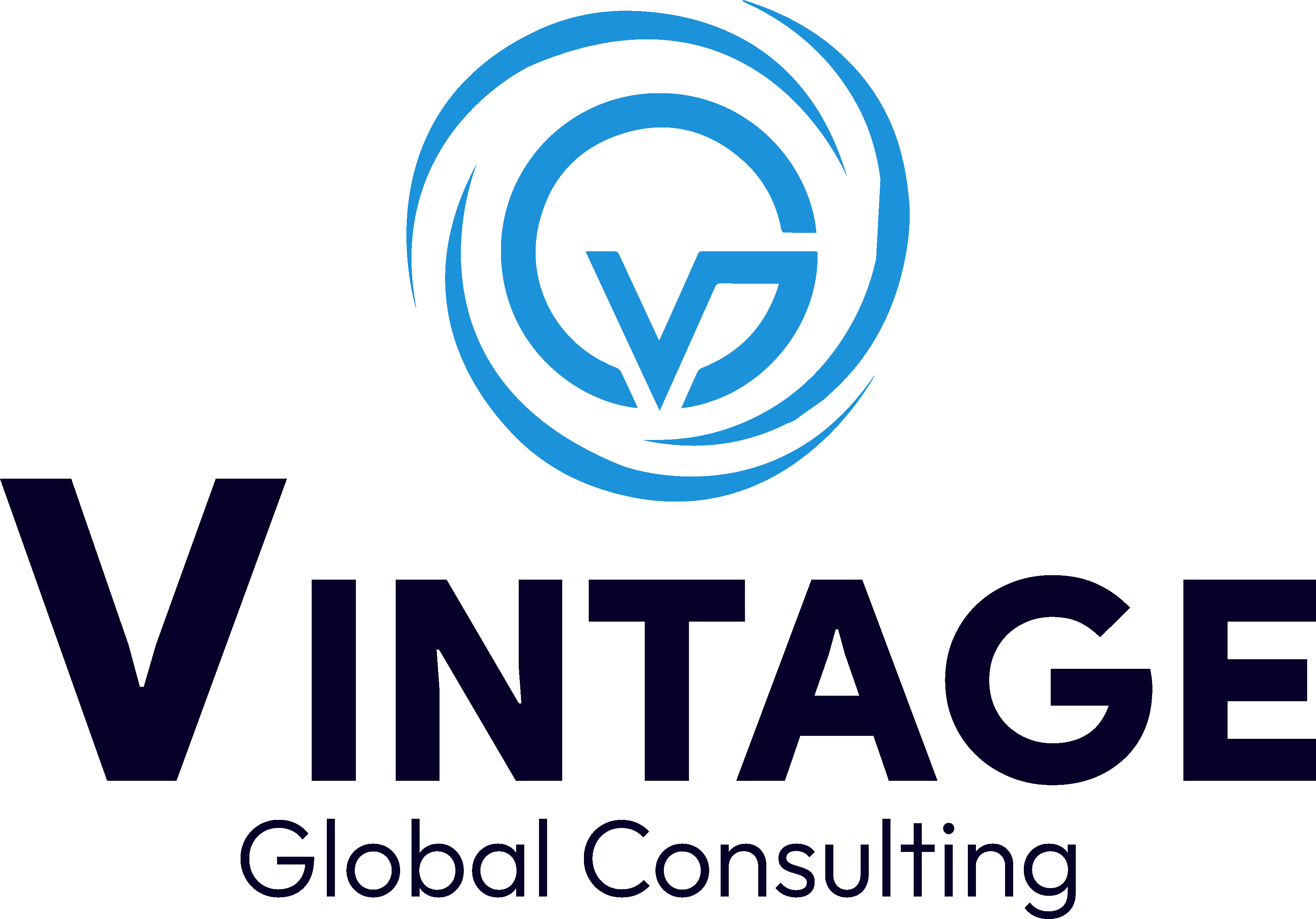Understanding ICFR
Internal Controls over Financial Reporting (ICFR) refers to the processes and systems put in place by an organization to ensure that its financial statements are accurate, reliable, and free from material misstatement, whether due to fraud or error. These controls form the backbone of financial integrity, fostering trust among stakeholders and ensuring compliance with regulatory standards.
Why Is ICFR Important?
Accuracy in Reporting: Ensures the financial data reflects true organizational performance.
Regulatory Compliance:
Meets statutory requirements like SOX (Sarbanes-Oxley Act) or similar regional laws.
Fraud Prevention:
Identifies and mitigates risks of fraudulent activities.
Stakeholder Confidence:
Builds trust among investors, regulators, and management.
Key Components of ICFR:
ICFR can be broken down into five primary components, as defined by the COSO Framework:
Control Environment:
The foundation of ICFR, focusing on the organization’s commitment to integrity, ethics, and accountability. It includes leadership’s role in setting the tone for a culture of control.
Risk Assessment:
Identifying and analyzing financial reporting risks.
This involves understanding where misstatements or fraud might occur and how they could impact the financial statements.
Control Activities:
The actions, policies, and procedures implemented to address identified risks. Examples include approvals, verifications, reconciliations, and segregation of duties.
Information and Communication:
Ensuring that accurate financial data flows effectively within the organization and is accessible to those who need it to perform their roles.
Monitoring Activities:
Ongoing or periodic evaluations of the controls to ensure they remain effective. This can involve internal audits or management reviews.
Steps to Establish Strong ICFR:
Map Key Processes:
Identify critical financial reporting processes and related risks.
Design Controls: Develop control activities tailored to address specific risks.
Test Effectiveness: Regularly test controls to confirm they operate as intended.
Document Evidence: Maintain comprehensive documentation of processes and testing results.
Remediate Issues: Promptly address any control weaknesses or deficiencies.
Common Challenges in Implementing ICFR:
Lack of resources or expertise:
Over-reliance on manual processes, increasing error risks.
Resistance to change within the organization.
Keeping up with regulatory changes and industry best practices.
Real-World Benefits of ICFR:
Enhanced decision-making based on accurate financial data.
Stronger reputation and credibility in the market.
Improved operational efficiency through streamlined controls.
Humanizing ICFR for Your Team:
For professionals working in smaller teams or less formal environments, ICFR may sound daunting. However, the concept boils down to three simple principles:
Clear Responsibilities:
Make sure every team member understands their role in the financial process.
Smart Processes: Use checklists and tools to track and verify financial data.
Continuous Improvement: Regularly discuss what works, what doesn’t, and how to improve.
By embedding these practices into daily routines, even small organizations can achieve robust internal controls.
Final Thoughts:
ICFR is not just about compliance—it’s about creating a culture of accountability, transparency, and excellence. When implemented effectively, it safeguards an organization’s financial integrity and supports its long-term success.



